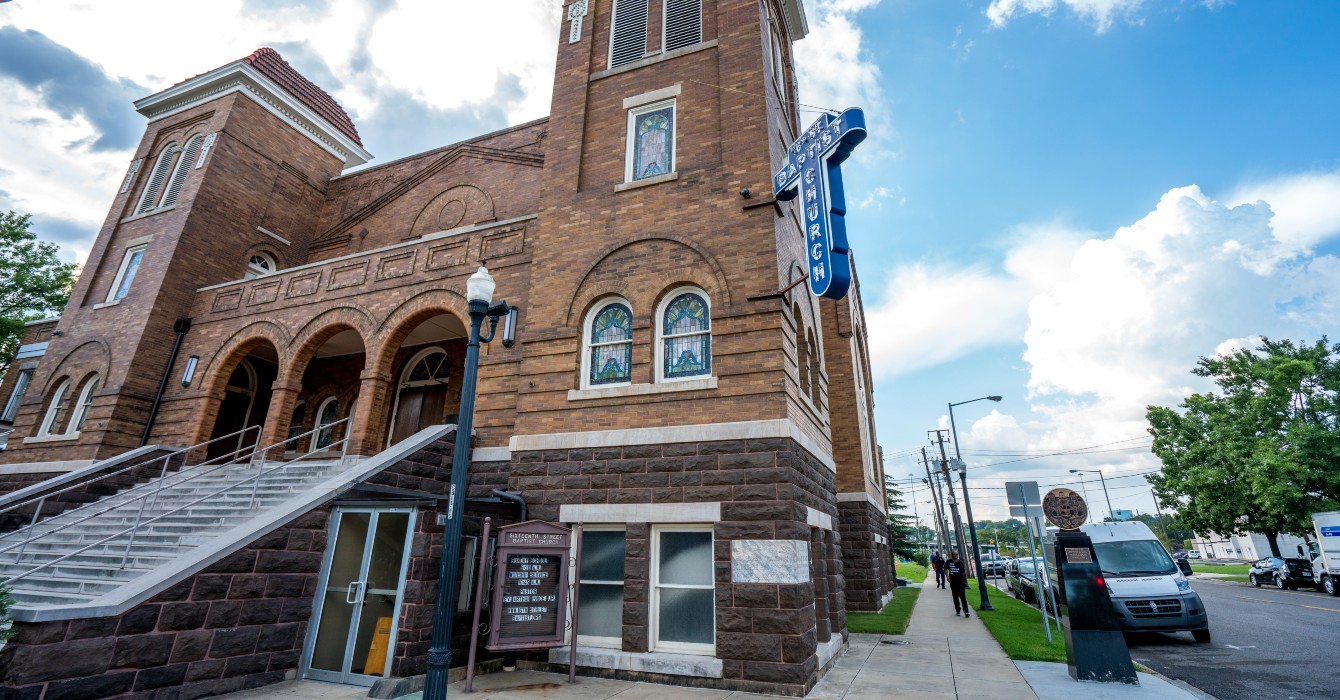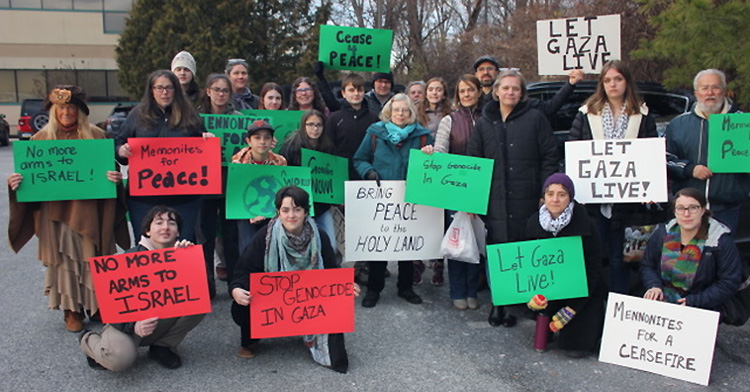In an oft-quoted remark, Karl Barth recommended holding the Bible in one hand and a newspaper in the other. For me, it’s more like the Bible and five newspapers. From my home in the Missouri Ozarks, I try to keep up with a range of local and national publications. There is nothing better than sitting down with a hot cup of coffee and a newspaper fresh from the driveway. I read print editions of the “Springfield News-Leader,” the “Wall Street Journal,” “USA Today,” the “New York Times,” and the “Christian Science Monitor’s” weekly review. In the past, I’ve been a fan of “Newsday,” the “Chicago Tribune,” the “Newark Star-Ledger,” and the Minneapolis “StarTribune.”
Some of my favorite writers share my love for newsprint and coffee. When I interviewed him in the 1990s, columnist E.J. Dionne recalled growing up in a household with four Sunday papers. More than one newspaper meant exposure to multiple perspectives. In sharp contrast to our era of Fox News and MSNBC, liberal tabloids coexisted with conservative Hearst papers, often in the same household. Reflecting his “very politically heterogeneous family,” Dionne said, “I ended up with affection for a lot of points of view I disagreed with.”
New Yorkers once feasted on 15 daily papers. But the days are coming when America will experience a newspaper famine. According to www.newspaperdeathwatch.com, a dozen metropolitan papers have closed since 2007. Many journalists have chronicled “the death and life of great American newspapers,” the “demise of the traditional media,” and “the decline of newspapers.”
As a sociologist of religion, such tales remind me of the stories scholars tell about mainline Protestant denominations. Books like "The Mainstream Protestant 'Decline'" and "Between the Times" trace the rise and fall of mainline Christianity. According to Louisville Institute Director James Lewis, this research has focused on two central questions: “1) just how bad is it and 2) how did we get here?” This quotation comes from a review essay on “American denominational studies,” but it also describes the fate of the American press.
Mainline Protestantism and print journalism face similar challenges. Both have dealt with declining numbers and aging constituencies. Both have endured financial crises and cuts in personnel. Both have experienced a loss of influence in the public square. Both are less visible than they were a generation ago.
The challenges of the twenty-first century go beyond shrinking audiences and tighter budgets. Writing of a “day of reckoning” for American newspapers, John Nichols and Robert McChesney note that “the crisis of which we speak involves more than mere economics.” The internet is not the main problem. For Nichols and McChesney, the crisis of American newspapers reflects a deeper crisis in “the institution of journalism itself.” They urge journalists to recover the core practices of their craft: investigative journalism and “hard-hitting reporting that monitors people in power.”
The challenges facing the mainline are about more than putting “butts in the pews.” My Methodist Pastor Andy Bryan confesses that constant talk about numbers leaves him anxious and frustrated. Bryan recalls his experiences in a church that actually grew: “Essentially, we just tried to be the church, knowing that the presence of the living Christ was with us every time we gathered together. We invited people with warmth, friendship, and hospitality. We worshiped with energy and passion. We studied together with honesty, relevance, and intentionality. We served our community and our world with boldness and restlessness for God’s justice.”
Like Bryan, the sharpest mainline thinkers stress the importance of distinctive practices in congregational life. In "Christianity for the Rest of Us," Diana Butler Bass highlights the role of hospitality, contemplation, testimony and a half-dozen other practices in 50 growing mainline churches. Recent research from Hartford Seminary reveals that a sense of distinct identity is related to congregational vitality. Sociologist Nancy Ammerman suggests that some mainline congregations “are choosing to highlight their denominational particularities” in ways that renew their traditions.
That is certainly the case at Bryan’s Campbell United Methodist Church, currently in the midst of a sermon series on Wesleyan practices. Entitled “A People Called Methodist,” it explores the relevance of denominational traditions for the twenty-first century church. Like John Wesley’s 1745 advice to his followers, it aims to form a peculiar people.
Like American journalism, mainline churches are weathering a crisis of purpose and identity. As a growing body of scholarship suggests, the key to the future may be a return to distinctive practices and traditions. Unless newspapers and congregations tell stories that matter, people will go elsewhere for narrative and meaning.
John Schmalzbauer is a sociologist of religion teaching at Missouri State University in Springfield, Missouri.











